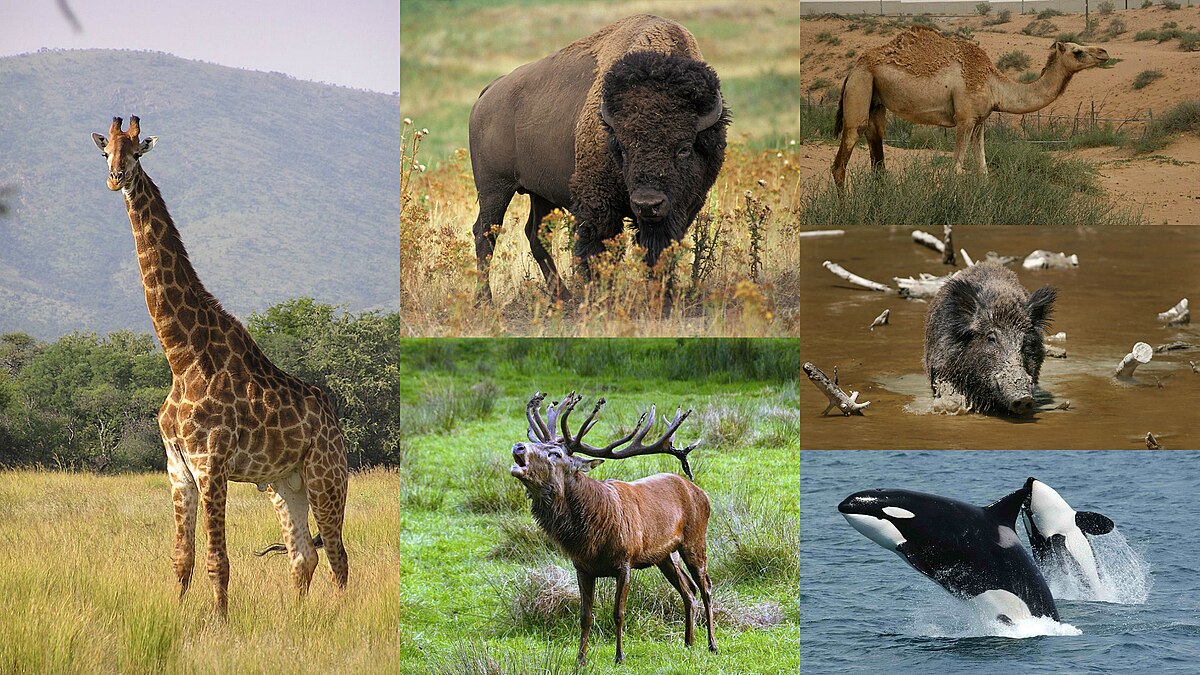- Jan 16, 2012
- 3,618
- 2,615
- 1,928
Camel Milk isn't just good for your health, it's also good for the planet. Here are some environmental benefits of camel milk farming:

 bestcamelmilk.com
bestcamelmilk.com
- Reduced greenhouse gas emissions: Compared to industrialized dairy farming, camel milk farming produces fewer greenhouse gas emissions.
- Lower water usage: Camels require less water than cows, making camel milk farming a more sustainable use of water resources.
- Drought-resistant: Camels are well-suited to arid and semi-arid environments, making them a valuable resource in regions where water scarcity is an issue.
- Biodiversity preservation: Camel milk farming can help preserve biodiversity by supporting free-roaming camels and the ecosystems they inhabit.
- Ethical farming practices: Camel milk farming is often done on a smaller scale and with more ethical farming practices than industrialized dairy farming, making it a more humane choice for animal welfare.

The Environmental Benefits of Camel Milk Farming
Camel Milk isn't just good for your health, it's also good for the planet. Here are some environmental benefits of camel milk farming: Reduced greenhouse gas emissions: Compared to industrialized dairy farming, camel milk farming produces fewer greenhouse gas emissions. Lower water usage...









